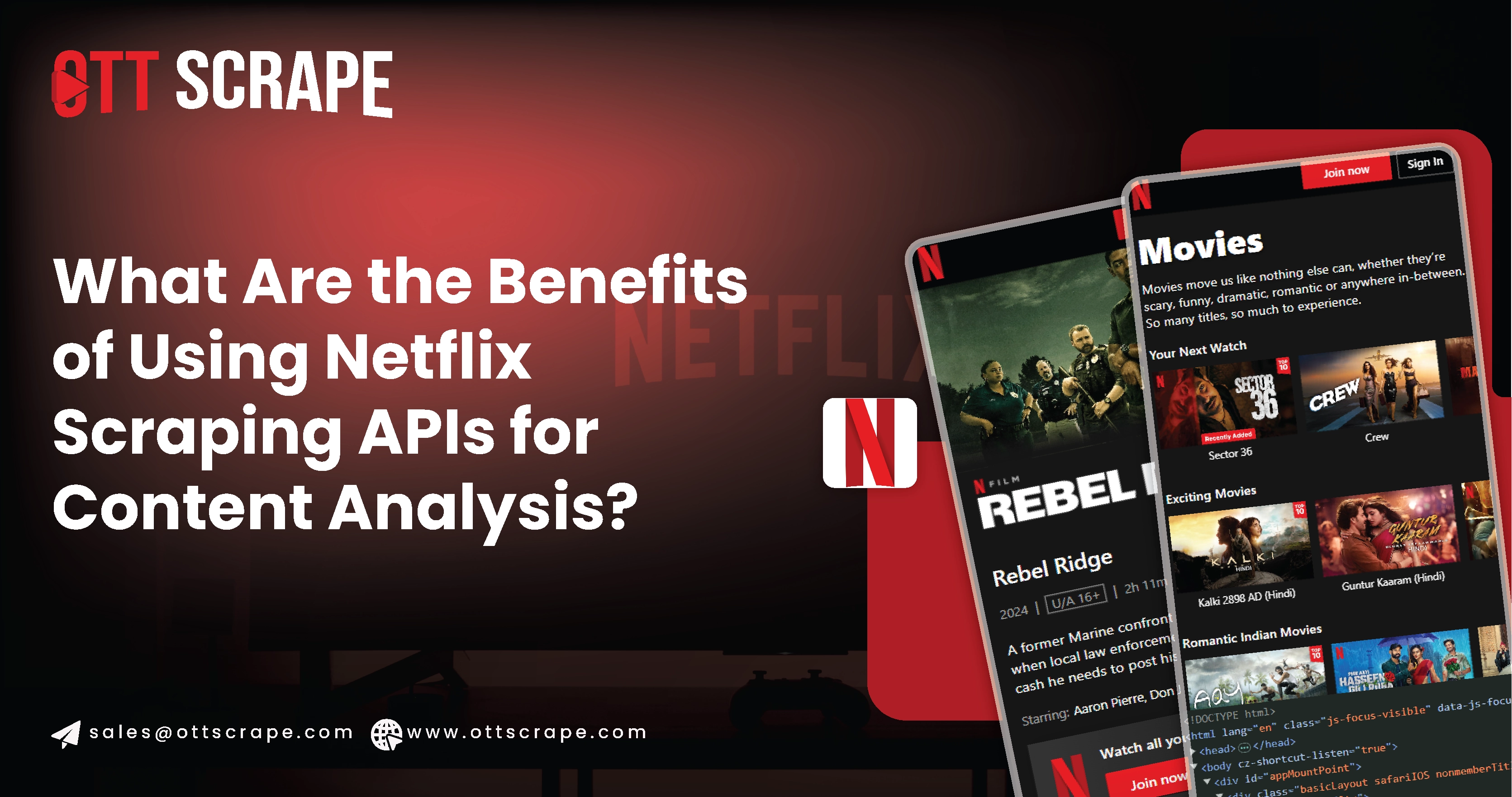
In the rapidly evolving world of streaming services, Netflix stands as a giant, captivating millions of viewers worldwide. With its ever-growing library of movies, series, documentaries, and original content, Netflix offers an abundance of data that can be leveraged for a variety of purposes, from content analysis to market research and competitive intelligence. For businesses, developers, data scientists, and entertainment enthusiasts, accessing and analyzing Netflix data can provide deep insights into audience preferences, content trends, and regional viewing patterns.
The most effective way to unlock the power of Netflix data is through web scraping and APIs. This guide will provide an in-depth understanding of what Netflix data scraping is, how Netflix Scraping APIs work, and how businesses can use these technologies to gather valuable information. Additionally, we will explore the legal and ethical considerations, best practices, and practical applications of Netflix data scraping.
Understanding Netflix Data
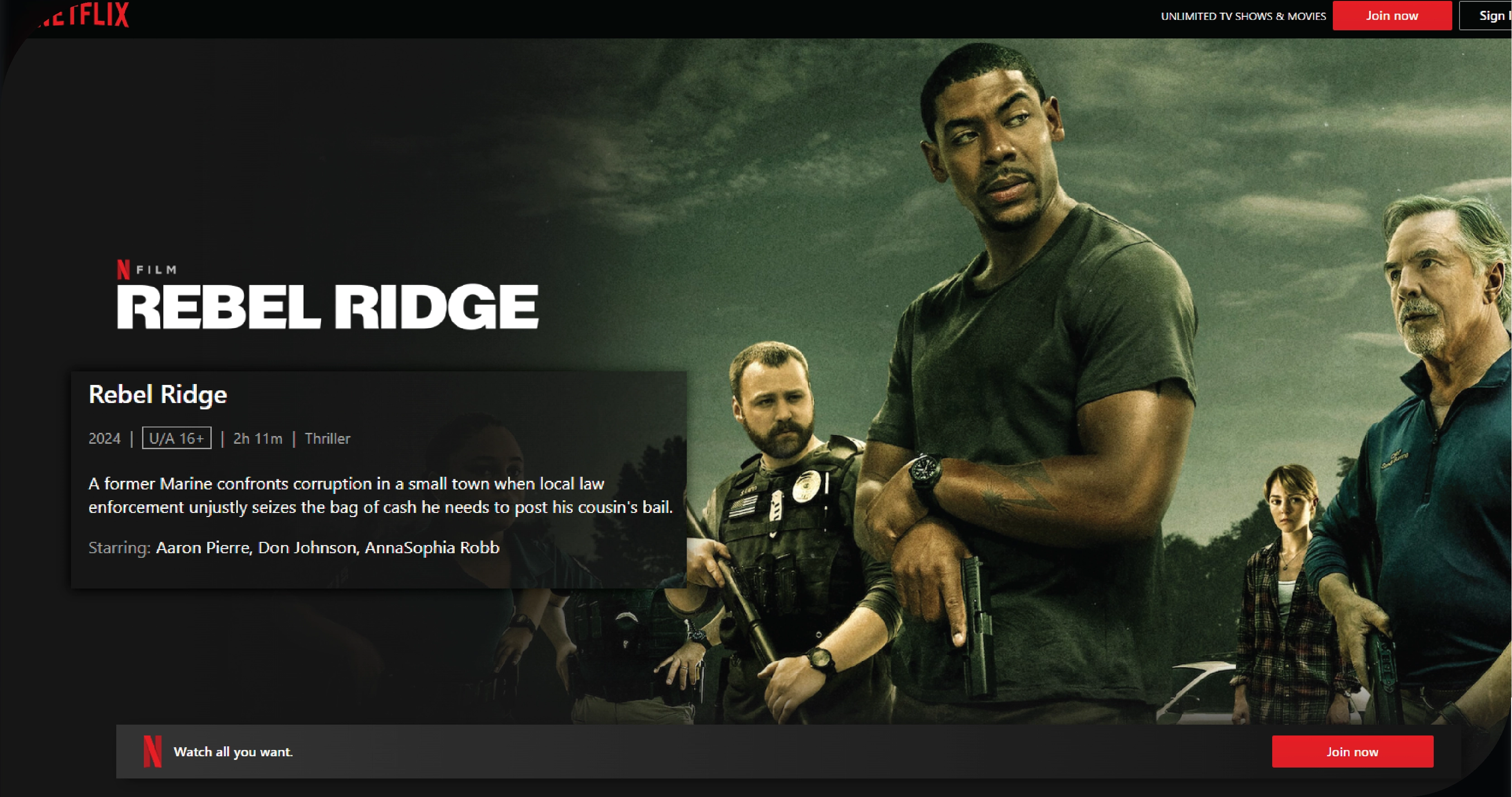
Before diving into the technicalities of Netflix API Scraping, it’s essential to grasp the vast range of data that Netflix offers. Netflix provides a plethora of data points, such as:
Content metadata:Titles, genres, descriptions, directors, cast members, and release dates of movies and series.
Viewing statistics:Viewership numbers, rankings, and region-specific preferences.
Recommendations and trends:Personalized suggestions, trending titles, and newly released content.
Ratings and reviews:Viewer ratings, feedback, and social media sentiment surrounding particular shows and movies.
Content availability:Regional restrictions on specific titles, licensing agreements, and content expiration dates.
Accessing this data can be beneficial for various stakeholders, such as:
Content creators and producers :who want to understand audience demand.
Marketing and research analysts:conducting competitive analysis or forecasting industry trends.
App developers:building recommendation engines or content discovery platforms.
Academics:studying content consumption patterns and cultural influences.
What is Web Scraping?
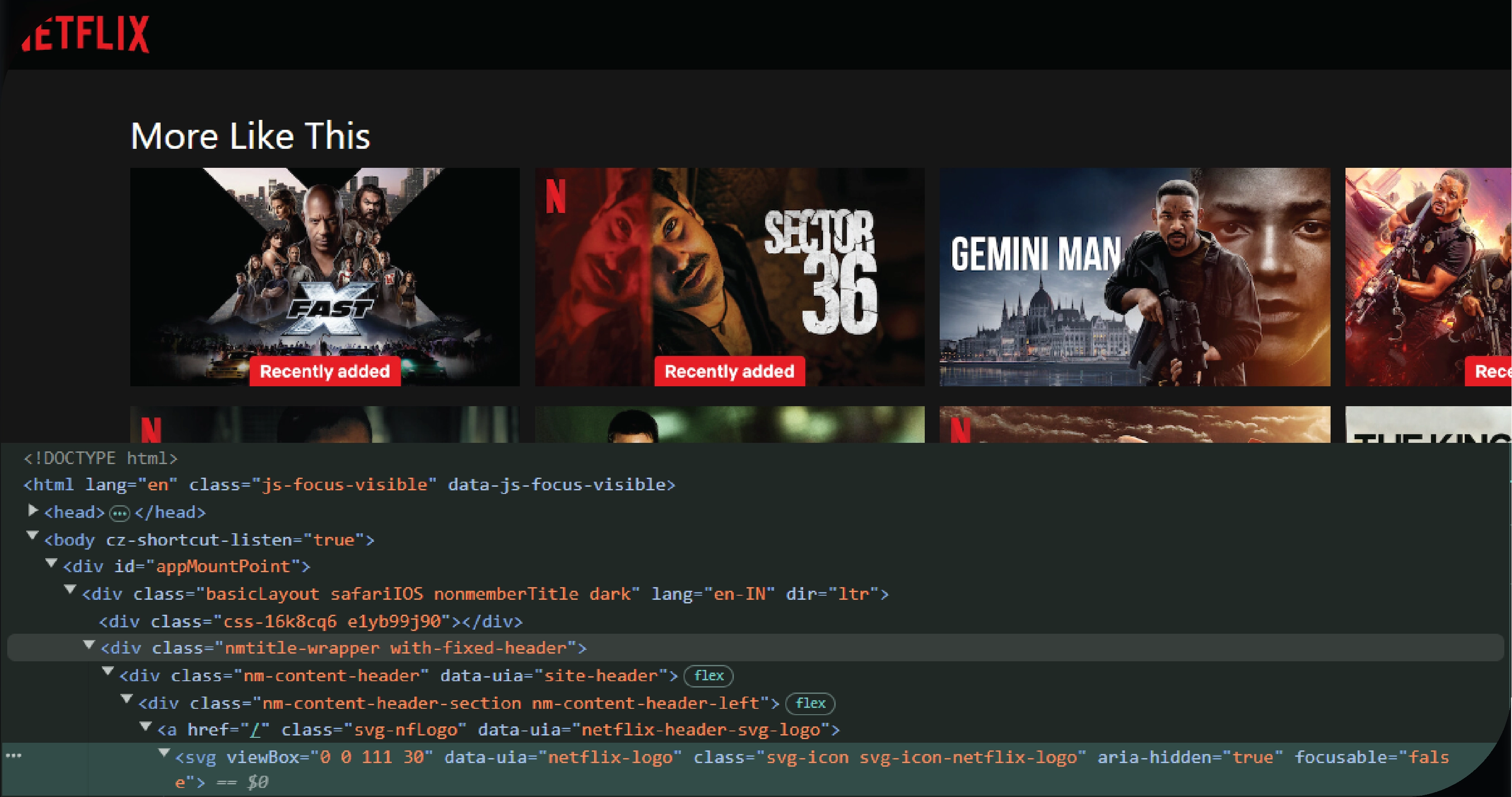
Web scraping is the automated process of extracting data from websites. This technique uses software bots or tools to parse HTML pages and extract specific data points, which are then structured into a format suitable for analysis, such as CSV or JSON files.
In the case of Netflix, web scraping can involve extracting details like:
Show descriptions and metadata.
Genre classifications.
Lists of episodes with their runtime and release dates.
Viewer ratings and reviews.
Content trends and user activity metrics.
The extracted data allows organizations to build databases, visualize content trends, and derive insights into how different shows are performing across various demographics.
Introduction to Scraping APIs
An Application Programming Interface (API) is a set of rules and protocols that allows software applications to communicate with each other. In the context of Netflix data, scraping APIs allow developers to programmatically access and retrieve structured data from Netflix's website without needing to manually browse or scrape the content themselves.
Netflix API Data Extraction collect relevant information, and format it for easy use. APIs provide greater flexibility compared to manual scraping, offering customizable parameters like the ability to filter data by region, genre, or release date. Additionally, APIs often support a higher level of accuracy and speed, as they bypass the need for manual crawling.
Benefits of Using Scraping APIs for Netflix Data
There are numerous benefits to using APIs to Scrape Netflix Streaming Data:
Automation:Extract Netflix API Data to automatically pull data on a regular basis, ensuring you always have up-to-date information without manually performing the process.
Customization:Many scraping APIs offer advanced options, allowing you to specify the type of data you need, filter by genres, regions, or content types, and retrieve exactly what’s required.
Scalability:APIs can handle large volumes of requests, making them ideal for enterprises or projects that require constant, extensive data collection.
Data structuring:Scraping APIs organize and structure the data automatically, often returning it in JSON or CSV formats that are ready for analysis.
Speed:APIs work at a much faster rate than manual scraping, which is especially useful when you need to collect real-time data on trending shows or viewer activity.
How Netflix Data Scraping Works with APIs
Here’s a step-by-step overview of how to Scrape Netflix Data API:
Step 1: Identify the Data to Extract
The first step in the scraping process is identifying what specific data you want to extract from Netflix. This could include metadata like titles, episode descriptions, genres, or viewer ratings. It could also include dynamic data such as trending shows, most-watched content, or recommended titles.
Step 2: Choose a Scraping API
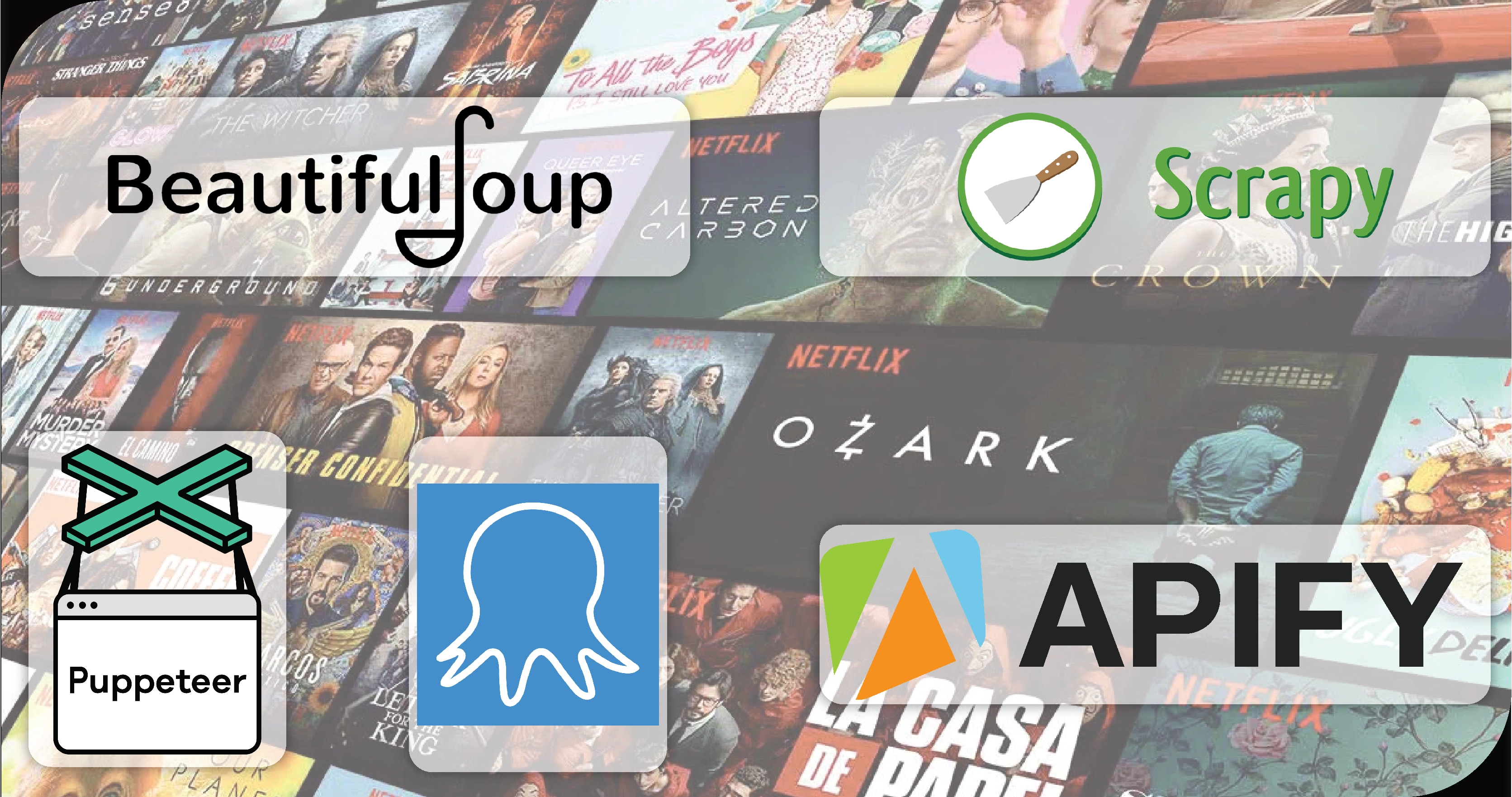
There are several scraping APIs available that can Scrape Netflix Data. Some APIs are open-source, while others come with additional features and require a subscription. A good scraping API should allow you to customize requests, handle authentication, and return well-structured data.
Popular scraping tools and platforms that can be adapted for Netflix include:
BeautifulSoup:A Python library for pulling data from HTML and XML files.
Scrapy:An open-source web crawling framework.
Puppeteer:A Node.js library for controlling headless Chrome or Chromium to interact with web pages and extract data.
Octoparse:A no-code scraping tool that offers templates for streaming platforms like Netflix.
Apify:A cloud-based scraping platform with API capabilities to extract Netflix data.
Step 3: Set Up API Parameters
Once you have selected your scraping API, you will need to define the parameters of your data extraction. For example, you may want to extract data for specific genres, filter content by country, or pull only the latest releases. Depending on the API, you can set these preferences directly through customizable parameters.
Step 4: Data Extraction and Processing
The API will execute the scraping process, accessing Netflix's pages and retrieving the requested information. This data is typically returned in a structured format including JSON or CSV, making it easy to integrate with other applications for further processing or visualization.
Step 5: Store and Analyze Data
Once extracted, the data can be stored in a database for long-term use. You can then analyze the data to uncover insights like viewer preferences, content gaps, or trending shows across different regions.
Common Use Cases for Netflix Data Scraping

Listed below are the most popular use cases of scraping Netflix data
1. Content Recommendations:Businesses can leverage Netflix Data Scraping Services to build personalized content recommendation systems. By analyzing user activity data, viewing history, and ratings, companies can create algorithms that suggest relevant shows or movies based on a viewer's preferences.
2. Competitive Analysis:Streaming platforms and content creators can leverage Netflix data scraping to understand how competitors are performing. For instance, they can track the popularity of shows, monitor release schedules, and assess the types of content that resonate with audiences in various regions.
3. Market Research:Entertainment companies and market analysts can use Netflix data to perform market research. By gathering insights into trending content, viewership patterns, and regional preferences, businesses can tailor their content strategies to meet demand and capitalize on emerging trends.
4. Audience Sentiment Analysis:Scraping reviews and ratings from Netflix allows businesses to gauge audience sentiment. By analyzing viewer feedback, companies can identify what aspects of a show or movie are resonating with audiences and what areas need improvement.
5. Content Performance Tracking:Studios and production companies can track how well their content is performing on Netflix compared to competitors. Scraping viewership numbers, rankings, and trending lists provides valuable metrics for evaluating content success.
Challenges and Ethical Considerations
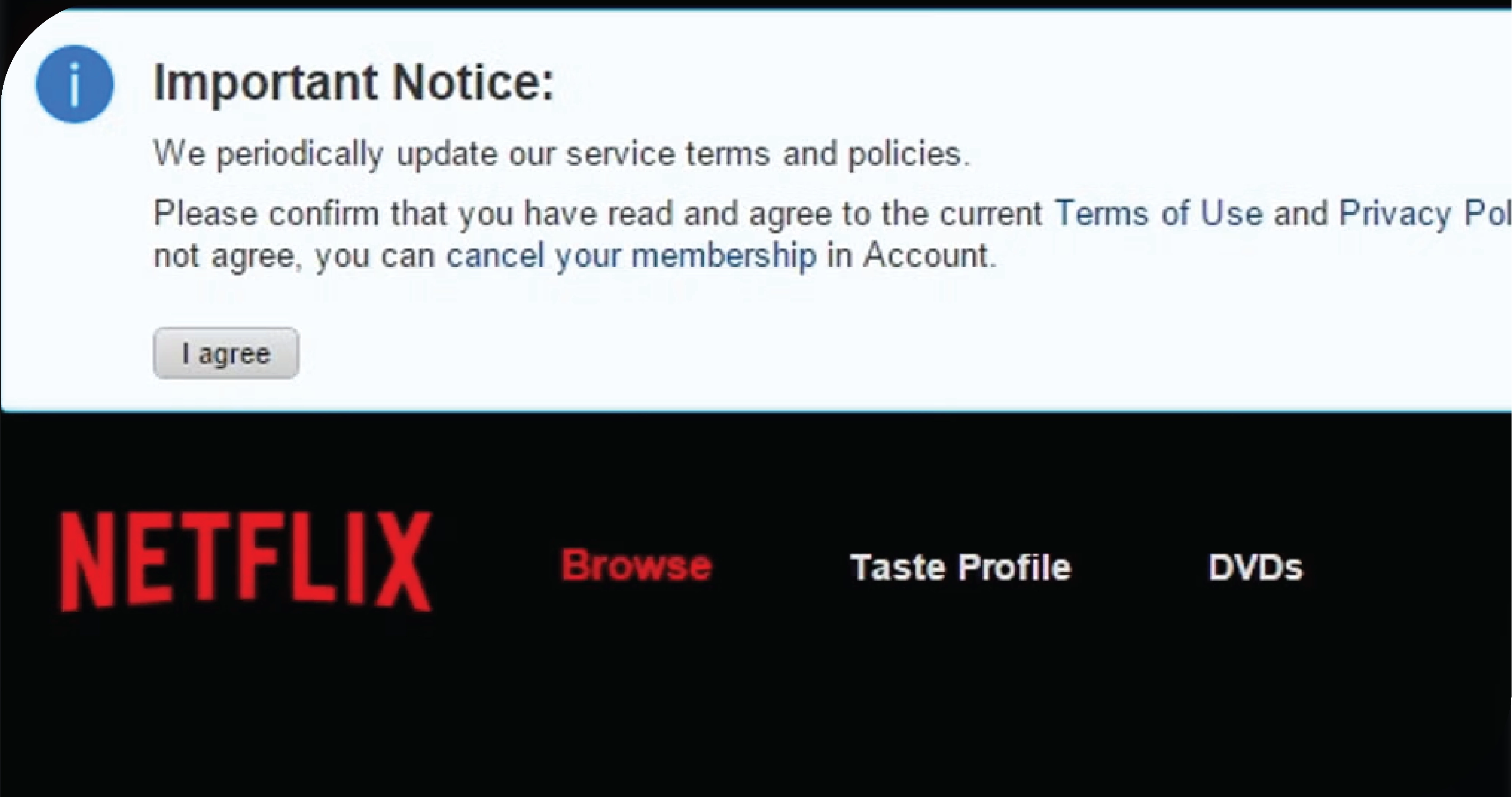
While scraping Netflix data can offer significant value, there are several challenges and ethical considerations to keep in mind:
Legal Restrictions:Netflix’s terms of service generally prohibit scraping their content. Violating these terms could lead to legal repercussions, including banning IP addresses or accounts. Always review the terms of service before scraping.
Ethical Boundaries:Scraping should be done responsibly. Avoid overloading Netflix’s servers with requests, and ensure that the data you collect is used ethically.
Anti-Scraping Measures:Netflix employs anti-scraping mechanisms, such as CAPTCHAs and rate limiting, to prevent excessive scraping. Scrapers need to account for these measures to avoid detection.
Best Practices for Netflix Data Scraping
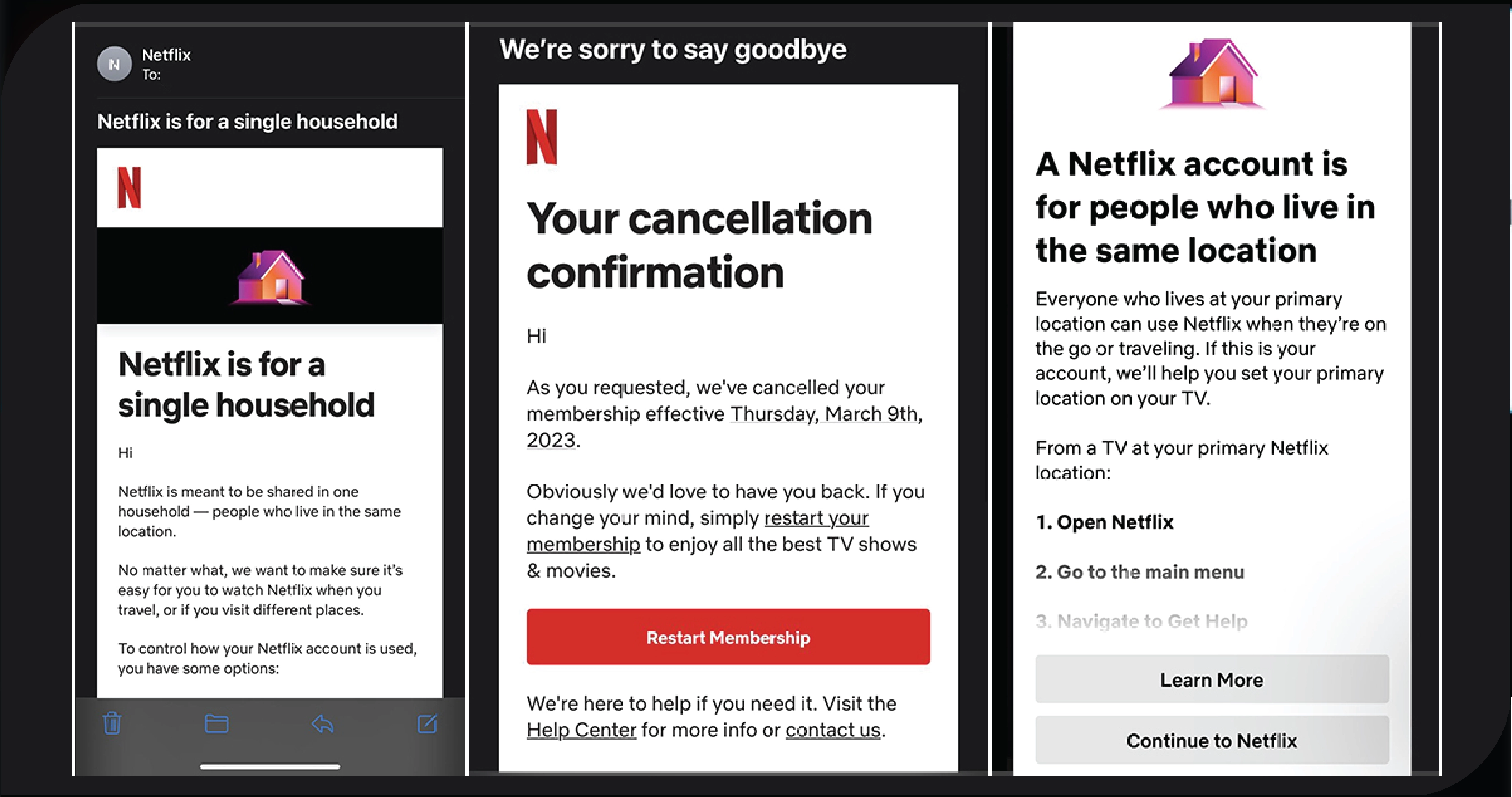
To ensure effective and responsible Netflix data scraping, follow these best practices:
Follow Legal Guidelines:Always adhere to the legal frameworks governing the use of web scraping, particularly in terms of Netflix’s policies and regional laws.
Respect Rate Limits:Avoid overwhelming Netflix’s servers with too many requests in a short period. Implement rate-limiting techniques to pace data collection.
Monitor for Changes:Websites frequently update their structure and layout, so monitor Netflix’s site for any changes that might break your scraper.
Ensure Data Accuracy:Regularly validate the scraped data to ensure it is accurate, complete, and up to date.
Conclusion:Unlocking the power of Netflix data through scraping APIs presents a wealth of opportunities for businesses, developers, and researchers alike. From content recommendation engines to market research and competitive analysis, the ability to access and analyze Netflix data can drive informed decisions and innovative strategies. However, it is crucial to navigate the legal and ethical boundaries of web scraping to ensure responsible and effective data collection. By following best practices and using robust scraping APIs, you can tap into Netflix’s vast data resources and gain valuable insights into the world of entertainment.
Embrace the potential of OTT Scrape to unlock these insights and stay ahead in the competitive world of streaming!
